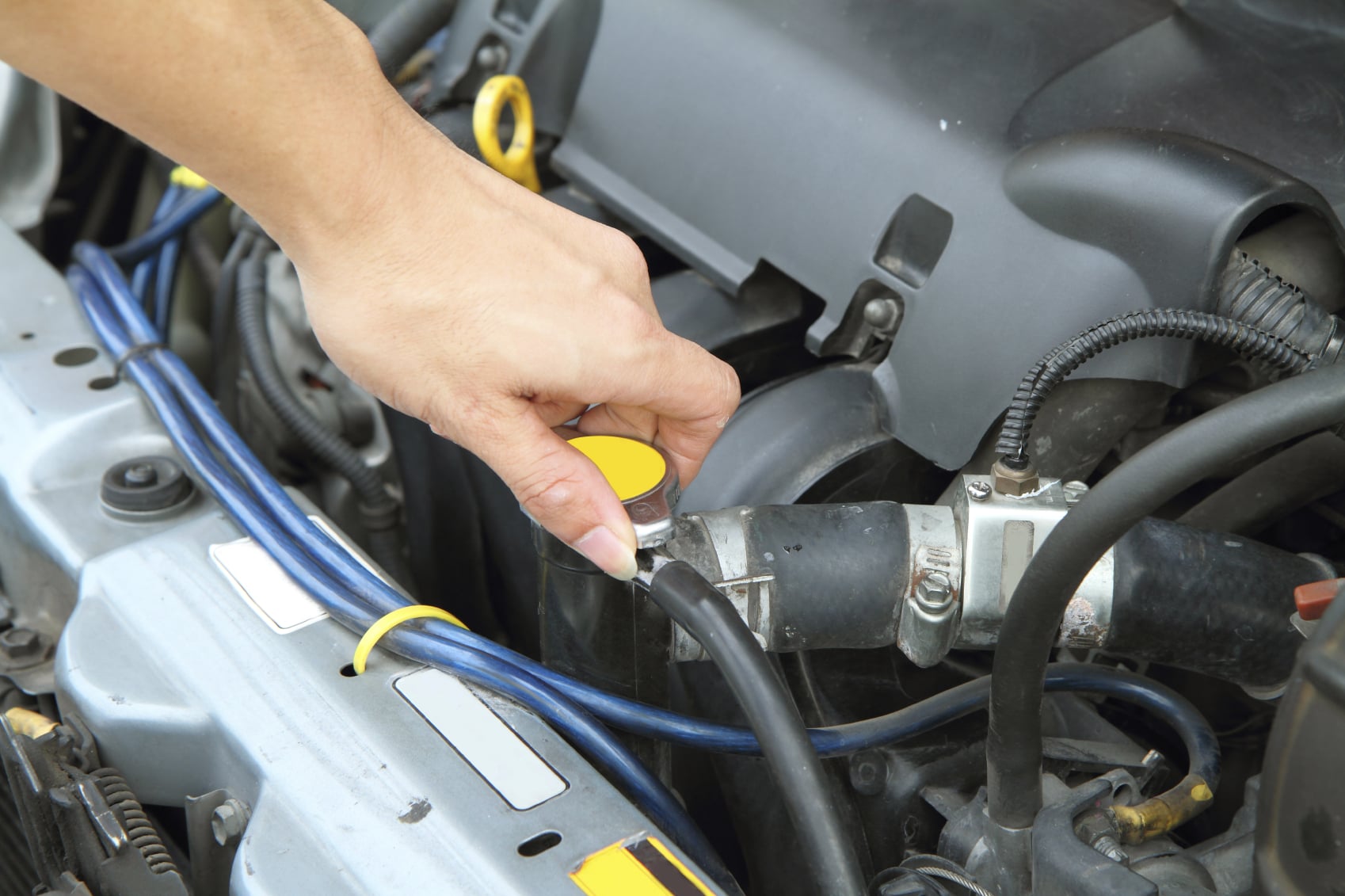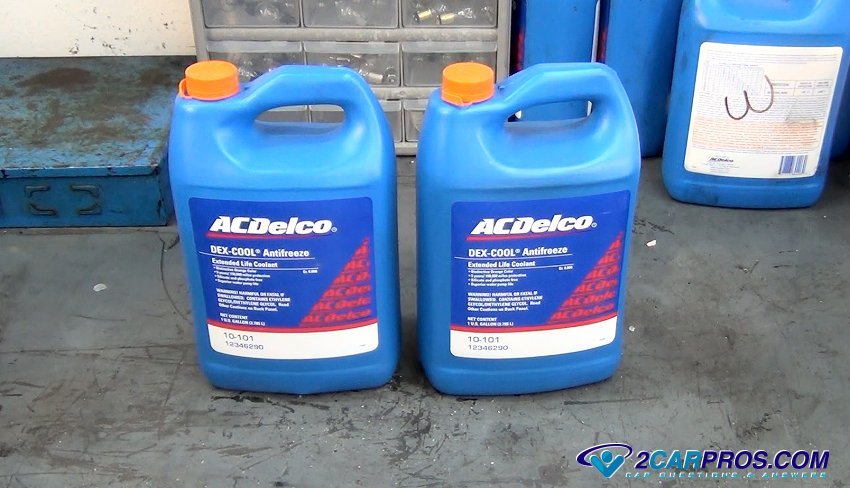

It is worth noting that some people refer to these as “organic additive technology” (OAT) because the inhibitors which provide the corrosion protection are derived from carboxylic acids. These engine coolants have developed international popularity due to having an unsurpassed corrosion protection for extended time intervals. They also meet the European antifreeze requirements because they have no phosphates.
#ENGINE COOLANT FULL#
Because full carboxylate coolants have no silicates, they meet the stringent requirements of the Asian specifications. This technology is also known as organic additive technology (OATs).

Coolants from Asian OEMs can be a variety of colors including red, orange and green.Įxtended-life carboxylate-based coolants were developed to be globally acceptable and provide superior performance over existing technologies. They are distinct from the European hybrids due to the lack of silicates. To provide protection, most coolants contain a mix of carboxylates and inorganic inhibitors like phosphates. In Asia, problems with water pump seals and poor heat transfer have led to the ban of coolants containing silicate. European engine coolants exist in various colors typically each manufacturer requires a different color.Ĭaterpillar Engine with More Than 750,000 The mix of carboxylates and silicates is also called a hybrid technology because it is a mix of conventional inorganic technology and fully carboxylate or organic technology. Carboxylates provide corrosion protection by chemically interacting at the metallic corrosion sites, rather than by forming a layer of inhibitors that cover the total surface. To replace phosphates, conventional European coolants contain a mix of inorganic oxides like silicates and inhibitors called carboxylates. This could lead to loss of heat transfer or corrosion under the scale. Calcium and magnesium, minerals found in hard water, react with phosphate inhibitors to form calcium or magnesium phosphate, which typically leads to scale formation on hot engine surfaces. In Europe, problems with hard water minerals forced coolant technologies to be phosphate-free. Because these inhibitor systems are depleted by forming a protective layer, conventional green coolants need to be changed at regular biennial intervals, typically every two years.ĭiverse technologies have been developed to protect engines from corrosion. These inhibitors can be characterized chemically as inorganic oxides (silicates, phosphates, borates, etc.). Conventional inhibitors like silicates and phosphates work by forming a protective blanket that actually insulates the metals from the coolant. Currently, these green coolants typically use a phosphate/ silicate mix as the main components in their inhibitor system. Historically in North America, conventional engine coolants have been green in color. While these other ingredients make up only a small fraction of the coolant, they are what differentiate one coolant from another. In addition to the base fluid, there are a small amount of other ingredients including corrosion inhibitors, antifoams, dyes and other additives. In some circumstances, industrial engines may use other base fluids, such as additized water or a mixture of propylene glycol and water. Nearly all engines use coolants with similar base fluids: a 50/50 mix of ethylene glycol and water. The addition of glycol slightly reduces the heat transfer of the water, but in most climates and applications, freeze protection is critical. While water provides the best heat transfer, glycol is also used in engine coolants to provide freeze protection. Overheating could result in accelerated deterioration of the oil and the engine itself. This heat removed by the coolant provides a balance in the removal of engine heat that is critical in ensuring that the engine operates properly.

The remaining one-third of heat energy produced is taken away by the engine coolant. An additional one-third is removed as heat energy by the exhaust system. In a heavy-duty diesel engine, only one-third of the total energy produced works to propel the vehicle forward. It plays a critical role in sustaining engine heat balance by removing heat. Coolant (or antifreeze) protects your engine from freezing while defending components against corrosion.


 0 kommentar(er)
0 kommentar(er)
